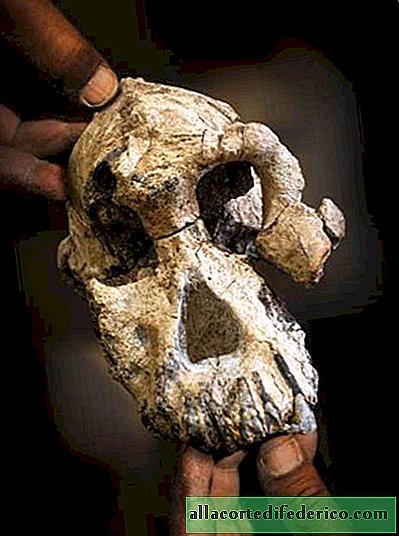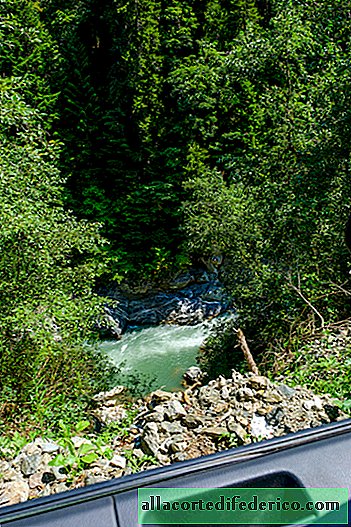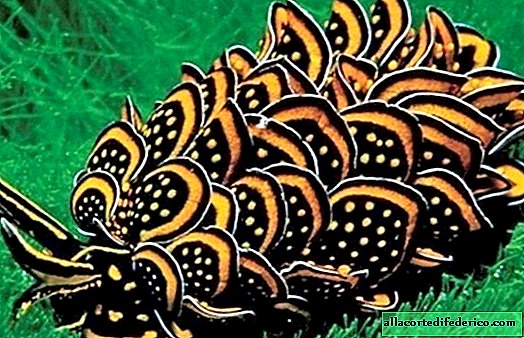Sensitive snouts helped dinosaurs eat neatly
Recent studies have shown that the faces of dinosaurs were much more sensitive than previously thought. With their help, they carefully ate, looked after during courtship games and checked the surrounding temperature. In this they are similar to their descendants - birds and crocodiles.
Nerve Raptor
The discovery of scientists was prompted by the study of the skull of the Neovenator salerii, a large carnivorous land dinosaur found on the Isle of Wight. Blood vessels and nerve endings in the head usually leave no traces in the fossils. But with the help of modern X-ray and 3D-visualization methods, they were able to "look" inside his head and found out that the dinosaur had a very sensitive surface of the muzzle.
 .
.In the photo: Neovenator salerii
The neurovascular canal of the lizard is strongly branched closer to the tip of the nose, and there are branches of the large trigeminal nerve, which are responsible for the sensations in the face and connected blood vessels. It was previously believed that this is a feature of only aquatic dinosaurs.
For example, today, pressure receptors in the skin on the face of crocodiles help them hunt in troubled waters. But nothing in the dinosaur, which lived 125 million years ago, does not mean that he loved fishing. Therefore, scientists began to look for other useful functions that sensitive skin on the nose can give the giant lizard.

In the photo: the alleged nervous system in the face of the Neovenator salerii
Jack of all trades
With such a powerful tactile instrument, the Neovenator could receive a variety of information related to pressure and temperature. This is a useful skill for a wide variety of activities: for example, they could rub their faces during courtship. Modern descendants of dinosaurs - birds - with their beaks measure the temperature of nests. And crocodiles, for example, can carry cubs in their terrible jaws without the slightest harm to the latter.

It’s also known about the Neovenator that they ate very carefully: the wear of the teeth on the skull shows that the dinosaur pinpointed the bone from the meat without touching it. For such jewelry accuracy, a sensitive face would probably come in handy.
The discovery once again proves how little people still know about the giant lizards who owned the Earth long before it. But modern technology every day brings us closer to a solution.
















